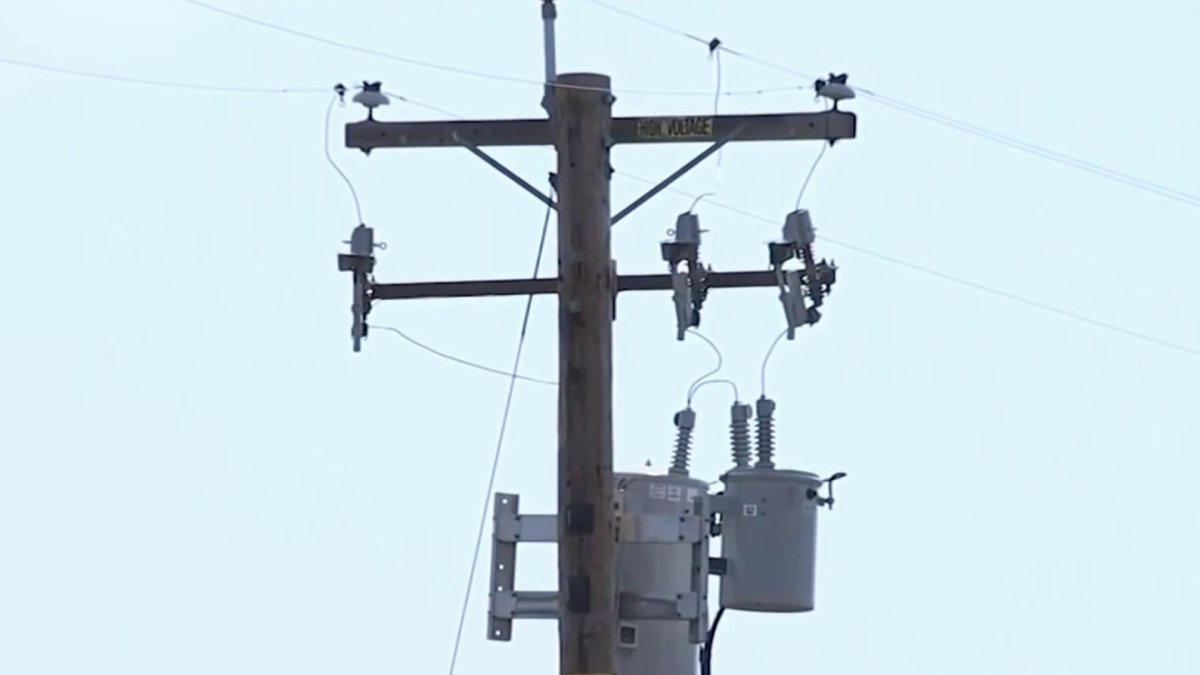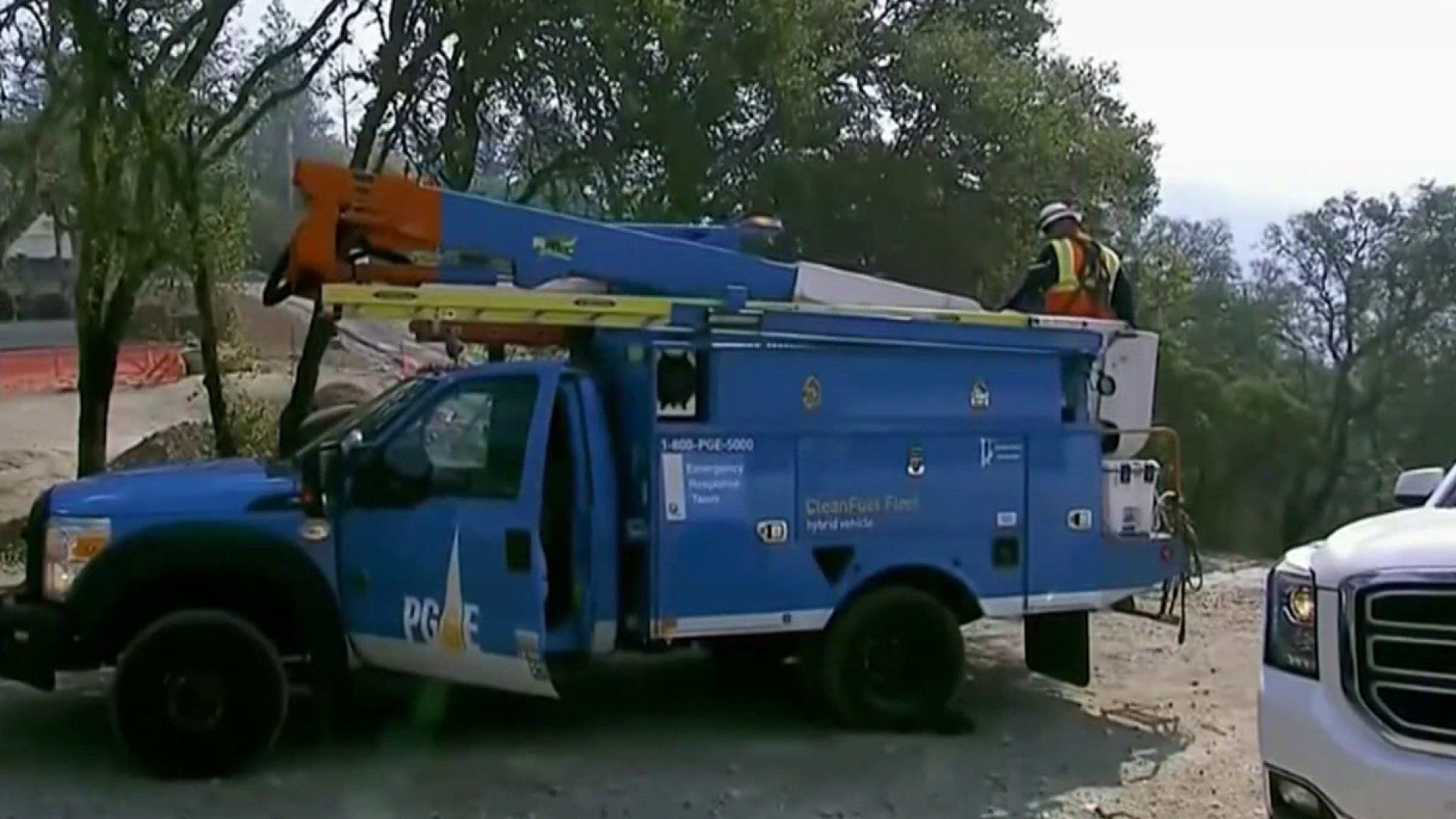
On Jan. 1, PG&E started charging 13% more for power. The rate hike – expected to cost an average family another $33 a month – will pay to bury power lines and other wildfire mitigation efforts.
But it is likely to be just the beginning of the pain.
PG&E has filed paperwork with regulators to raise rates another $14 a month, for the average customer, in March, to pay for storm repairs and more wildfire mitigation costs. On top of that, according to a chart PG&E recently showed shareholders, the utility indicates it intends to seek even more, to recoup billions it already spent.
“We have an extremely bad problem on our hands,’’ said Mark Toney, head of The Utility Reform Network (TURN), a ratepayer advocacy group.
Get top local stories in Southern California delivered to you every morning. Sign up for NBC LA's News Headlines newsletter.
He says the utility is playing catchup on rates, having spent far more than authorized for tree cutting and other efforts to reduce wildfires between 2020 and 2022. According to an accounting PG&E submitted to state regulators for that three year period, the utility spent $9.3 billion more than the $4.7 billion allotted in rates by the California Public Utilities Commission for vegetation management.

“They overspent $9.3 billion and they expect to collect every penny of it,” Toney said.
National Investigations
Toney believes PG&E will request another $43 per month rate increase, on average, to make a dent on the past spending gap. Bringing the total rate hike this year to nearly $100 a month before the end of the year.
“We’re talking about really enormous numbers that are going to hurt so many families who aren't expecting another $100 a month,” Toney said.
But PG&E currently estimates rates will go up a total of about $50 in 2024 – that’s counting the hike in January and if regulators approve all its current pending rate requests and accounting for when other prior rate increases expire.
All the increases come as PG&E plans to start issuing stockholder dividends in 2024 – the first time since it declared bankruptcy and reorganized back in 2018. Ratepayer advocates like Toney want PG&E to make shareholders contribute something to offset increases to customers.
“In the last year, it’s just shot up,” said Mike Campbell, who tracks rates for California Public Advocates Office, the watchdog arm of the Public Utilities Commission. He says the January increase alone is enough for PG&E to overtake San Diego Gas and Electric as the state’s most expensive power provider.
“PG&E rates have doubled – more than doubled – in the last 10 years,” Campbell said. “PG&E is unfortunately the undisputed leader in the last few years of rate increases.”
Ratepayer advocates say one way to curb future increases is to force PG&E to justify them in advance.
“They have to live within their budget like everyone else, like the rest of us do,” Toney said. One way to do that, he says, is to cap spending and make the utility account for when it spends more than authorized. “You need limits to these rate increases. and you can't afford double digit increases year after year after year.”
PG&E says it has had to deal with storms and other unexpected events, which have triggered “significant” costs on top of what regulators authorize for vegetation management. Expenditures that go beyond what it has to spend to cut one million trees along its 100,000 mile system of power lines to prevent starting wildfires.
“Every day, PG&E is making the electric system safer and stronger for our customers in response to evolving climate challenges,” the utility told us in a statement. That work, it says, “includes important safety work directed by our regulators” including repeated inspections of some parts of its system each year.

